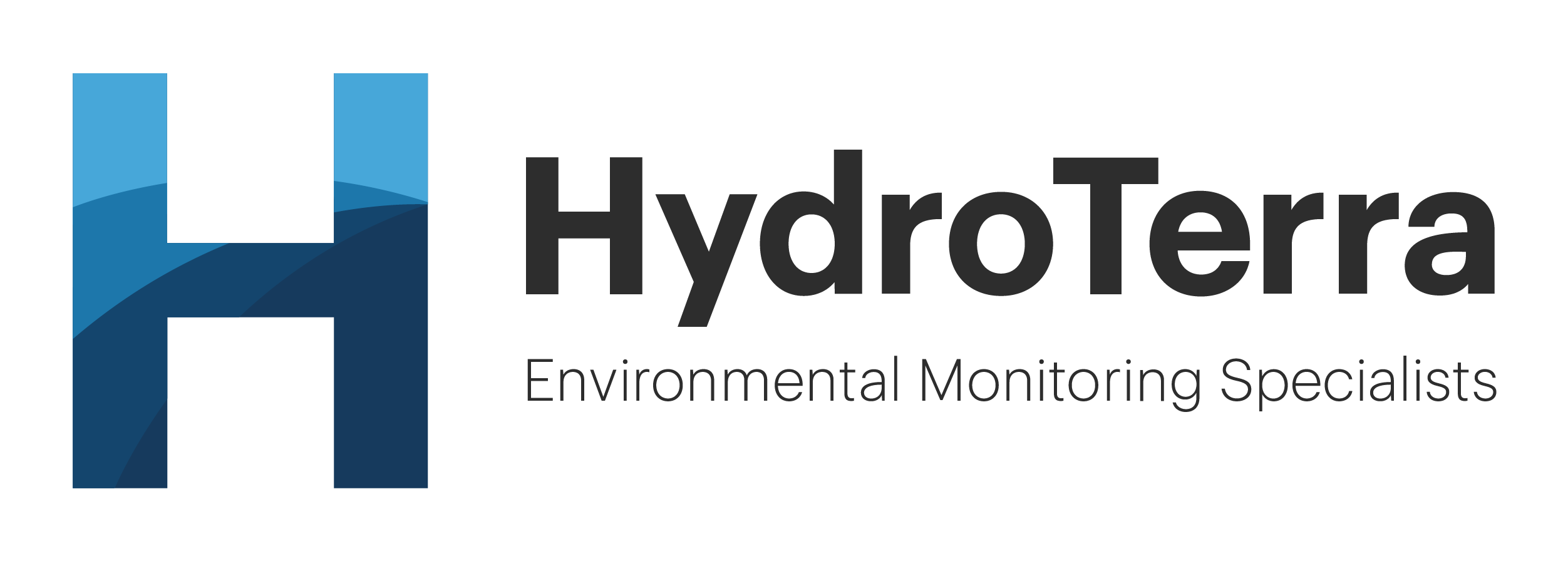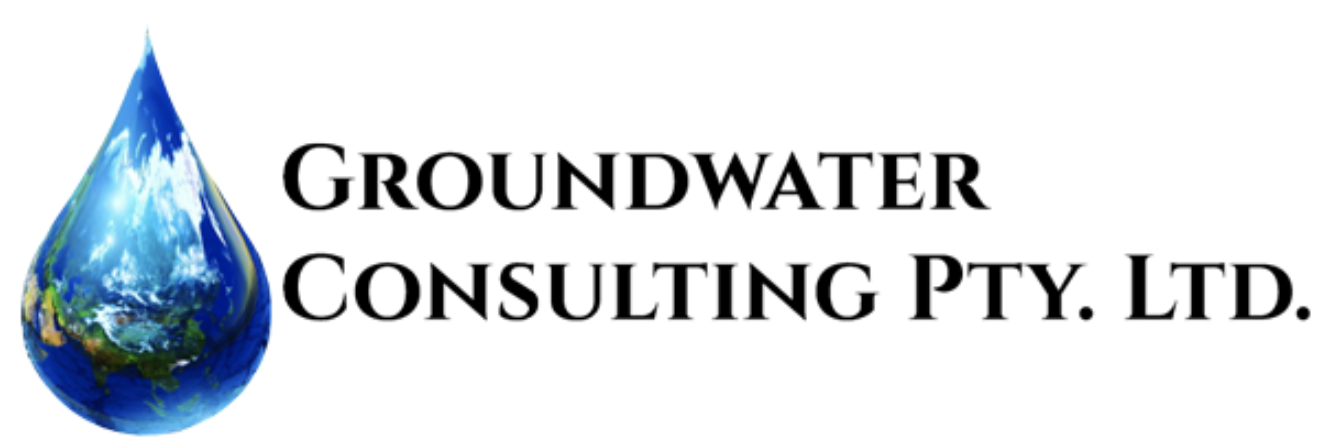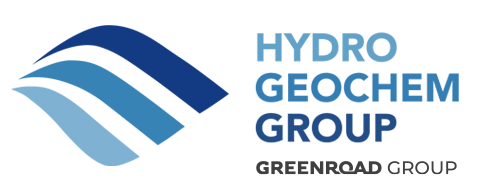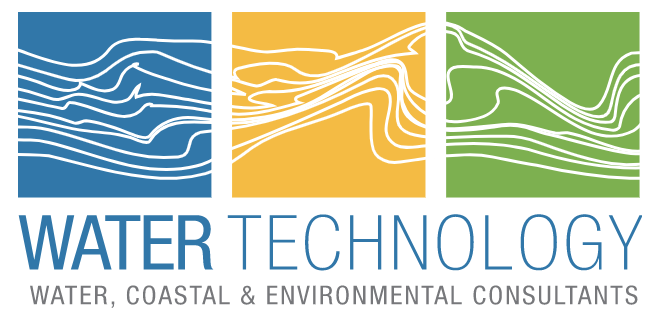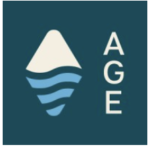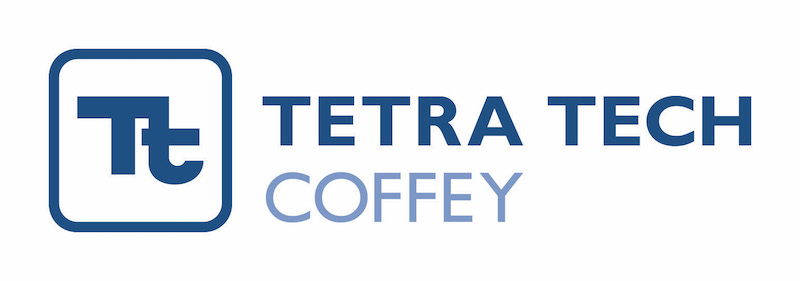Methods for measuring methane concentrations and isotopic attribution in Great Artesian Basin aquifers and alluvium
Presenter: Julie Pearce is a geochemist and Research Fellow at the University of Queensland Centre for Natural gas. Her research is currently focussed on subsurface gases including methane in aquifers, and CO2 geological storage.
Description: While the detection of methane in groundwater supplies can cause community concern, the concentration and source of methane in Australian water supply aquifers is poorly understood. Methane can occur naturally in the aquifer, or migrate in from underlying reservoirs if there is gas or groundwater movement between formations. In the Surat Basin, coal seam gas (CSG) is extracted from the Walloon Coal Measures. Agriculture, mining, feedlots, town water supplies, and private landholders rely on groundwater from overlying Great Artesian Basin aquifers or Condamine Alluvium. We characterised the methane concentrations and isotope composition of gas and water samples taken from CSG wells and groundwater monitoring bores in the overlying alluvium and aquifers.
By comparing gas concentrations using three different sampling methods (vials, IsoFlasks, a gas water separator) we showed that the most commonly used vial sampling methods may lose gases to atmosphere and underestimate gas concentrations in gassy bores. Employing multiple isotopic tracers (stable isotopes of waters, gases and dissolved inorganic carbon, strontium isotopes, and selected 14C, tritium, and R36Cl samples) can greatly improve our knowledge of local-scale connectivity between gas formations and aquifers. Most of the groundwater bores we sampled had methane, CO2 and water with isotopic signatures very distinct from those in CSG wells, suggesting in-situ production. However in a few cases the methane signatures overlapped with CSG and sources could not be determined.


